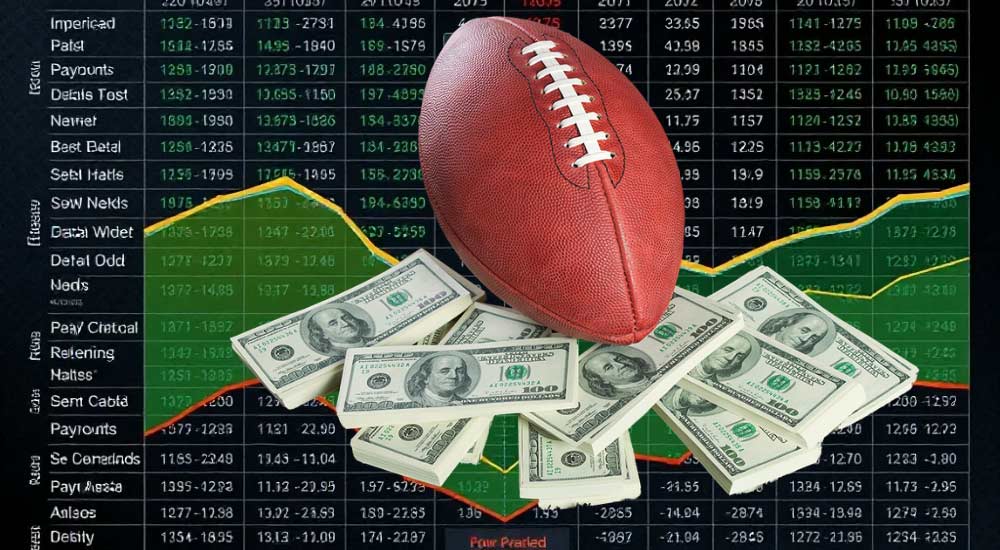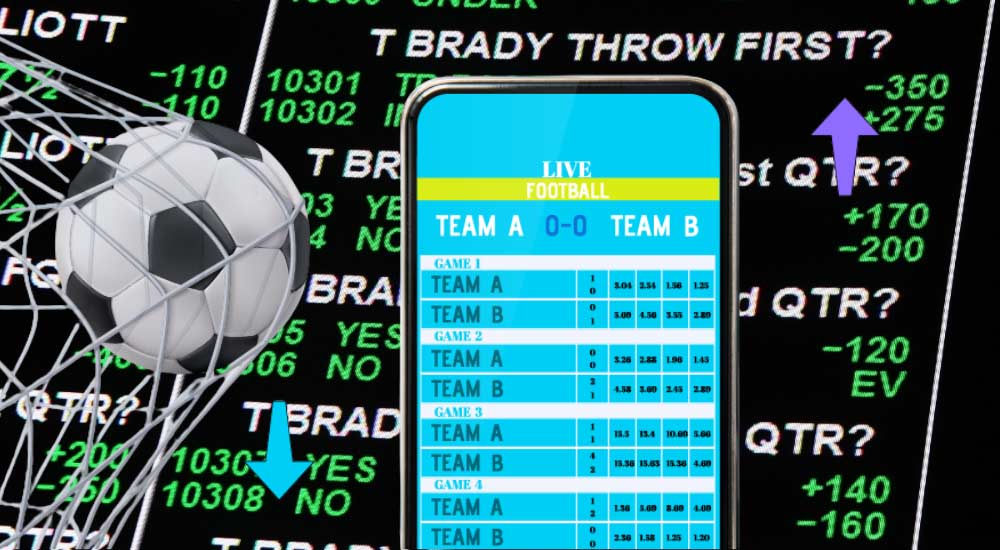Sports betting has grown into one of the most popular forms of entertainment for fans around the world. At the center of it all are the betting odds. These numbers are more than random figures on a screen; they represent probability, risk, and potential reward. If you want to place smarter wagers, learning how odds work is essential.
What Are Betting Odds?

Simply put, betting odds show two things:
- The chance of a certain outcome happening.
- The amount of money you stand to win if your bet is successful.
Bookmakers use odd-making systems to balance risk. They consider team performance, player injuries, statistics, and even public opinion when setting odds. For beginners, understanding the meaning behind these numbers is the first step toward responsible betting.
How Sports Betting Odds Work
To understand how sports betting odds work, imagine a football match between Team A (the favorite) and Team B (the underdog). If Team A is far more likely to win, their odds will be low, meaning you earn less profit on a correct prediction. If Team B is less likely to win, their odds will be high, meaning you earn much more if your risky bet pays off.
Bookmakers don’t just reflect probability – they also build in a margin to secure profit regardless of the outcome. This is why odds vary slightly between different betting platforms.
Formats of Betting Odds
Sportsbooks around the world display odds in different ways. The three most common formats are:
- Decimal odds – Most popular in Europe, Australia, and Canada.
- Fractional odds – Common in the UK and horse racing.
- American odds – Used mostly in the United States.
Table: Comparison of Odds Formats
| Format | How It Looks | Meaning | Example (Stake $10) |
| Decimal Odds | 2.50 | Multiply your stake by the odds to get total payout. | $10 × 2.50 = $25 (Profit $15 + Stake $10) |
| Fractional Odds | 3/1 | Shows profit relative to stake. For every 1 you bet, you win 3. | $10 bet = $30 profit + $10 stake = $40 total |
| American Odds | +200 or -150 | Positive odds show profit on $100 stake. Negative odds show how much you must bet to win $100. | +200: $10 bet = $20 profit + $10 stake = $30. -150: You must bet $150 to win $100. |
This table makes it easier to see how odds translate into winnings depending on the format used by the bookmaker.
How to Calculate Betting Odd
Learning how to calculate betting odd gives you more control. Here’s a quick breakdown:
- Decimal: Stake × Odds = Total Payout.
- Fractional: Stake × (Numerator ÷ Denominator) = Profit.
- American:
- Positive odds: (Stake × Odds ÷ 100) = Profit.
- Negative odds: (Stake ÷ (Odds ÷ 100)) = Profit.
Example: A $20 bet at decimal odds of 3.0 would return $60. A $20 bet at fractional odds of 5/2 would return $50 profit plus your stake.
Finding the Best Odds in Sports Betting
Not all platforms offer the same value. That’s why it’s important to look for the best odds in sports betting before placing your wager. Even small differences can add up. For example, betting on a basketball game at 2.10 instead of 2.00 odds might not seem huge, but if you bet regularly, that 5% difference can significantly boost long-term profits.
Many experienced bettors use comparison websites or apps to scan bookmakers and identify where the best prices are available. Others follow markets closely to spot when odds shift, sometimes due to injuries or unexpected news.
Final Thoughts
Sports betting is exciting, but it’s only truly rewarding when you understand the numbers. Knowing how sports betting odds work, being able to calculate betting odd, and actively searching for the best odds in sports betting will help you make informed decisions instead of guessing blindly.
The next time you see odds on your screen, remember they aren’t just numbers. They’re tools that can guide your strategy and shape your betting journey.

